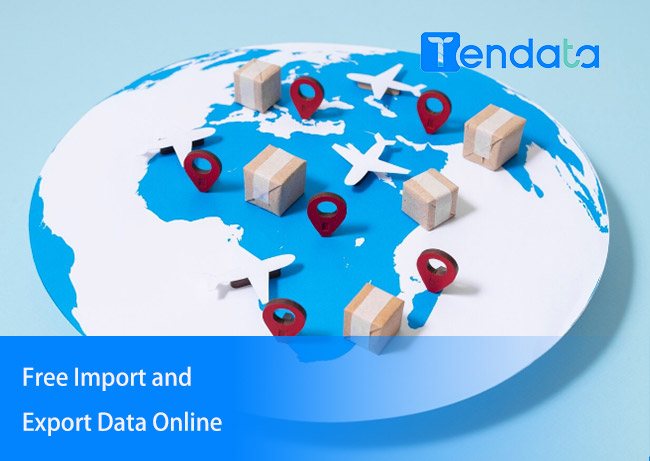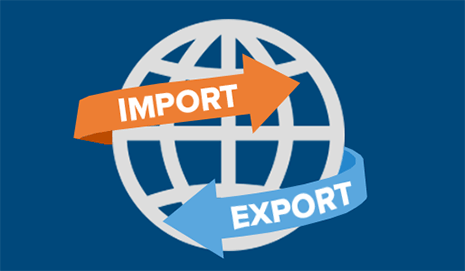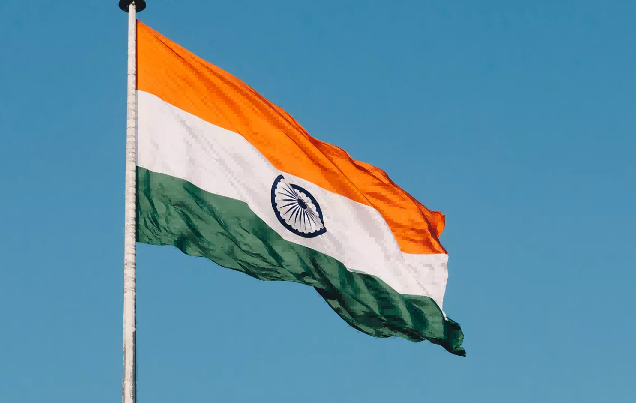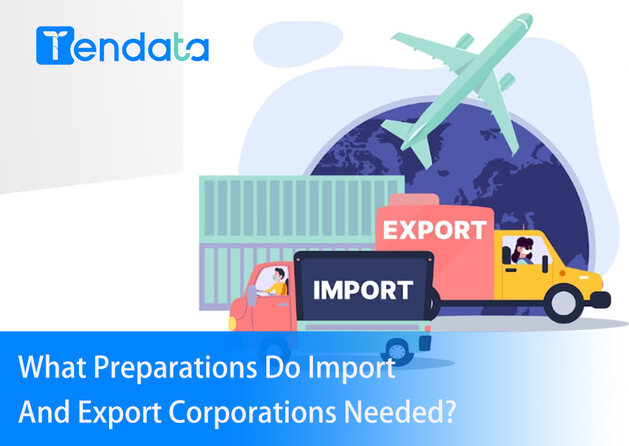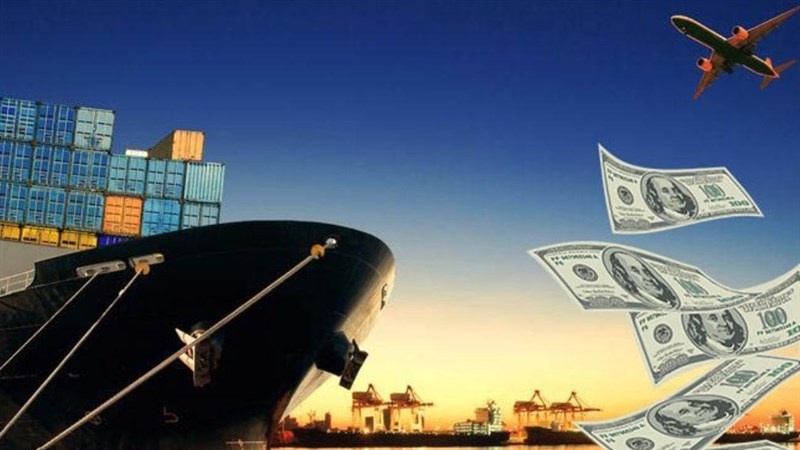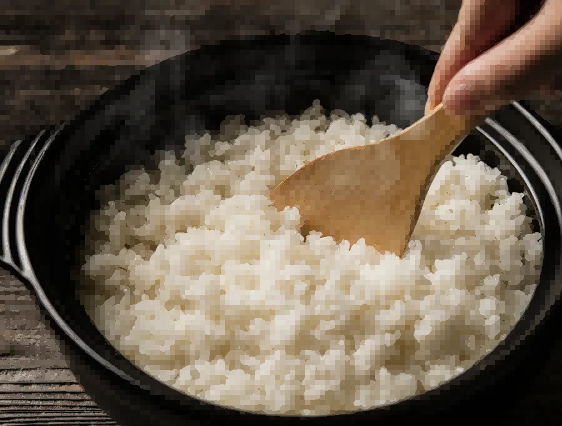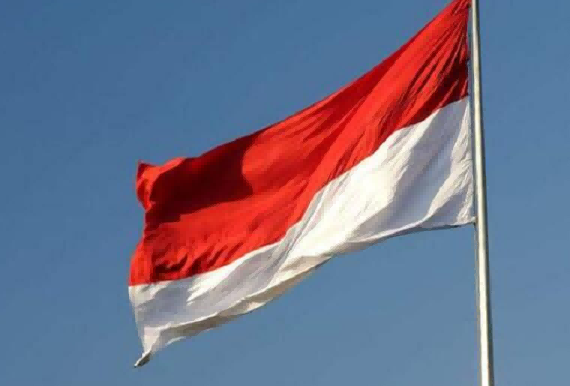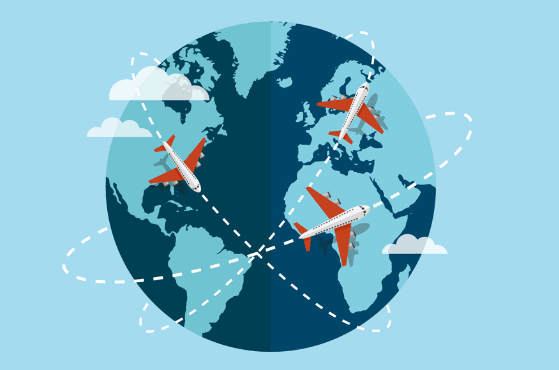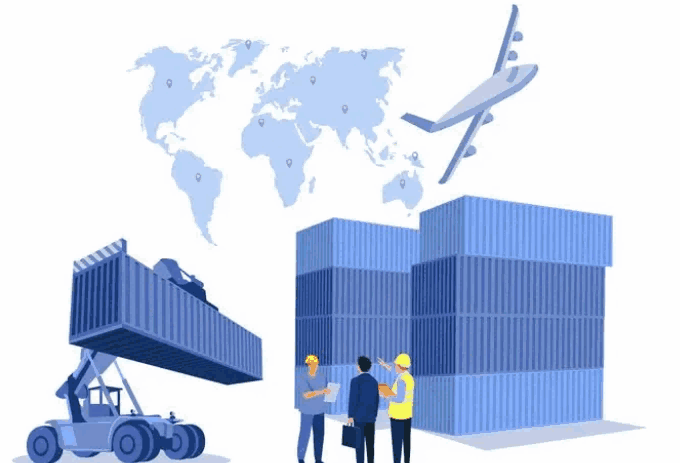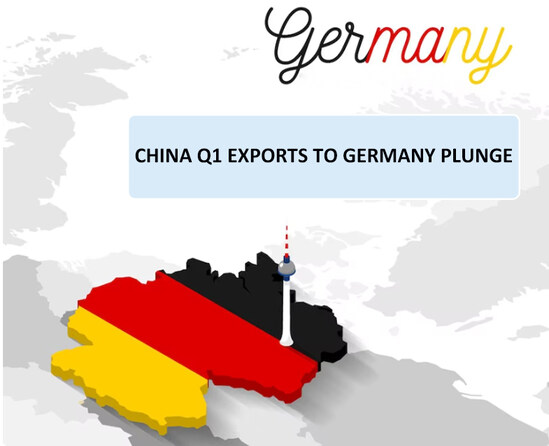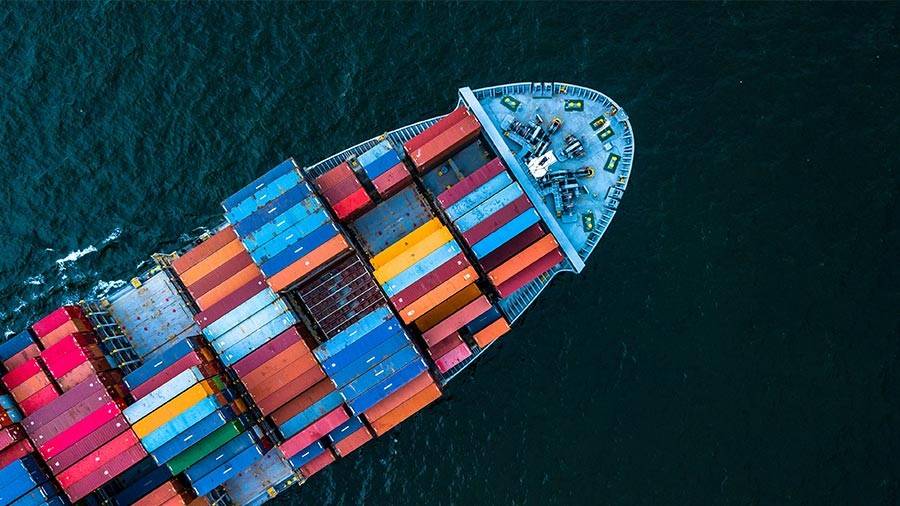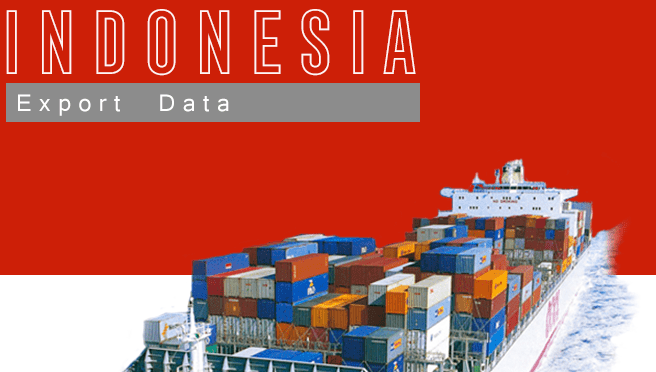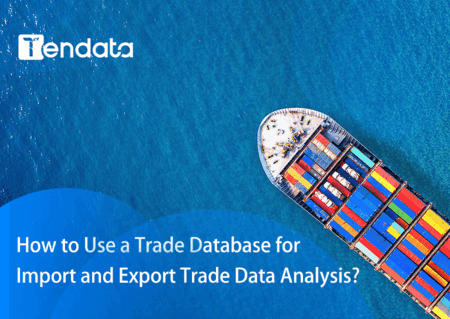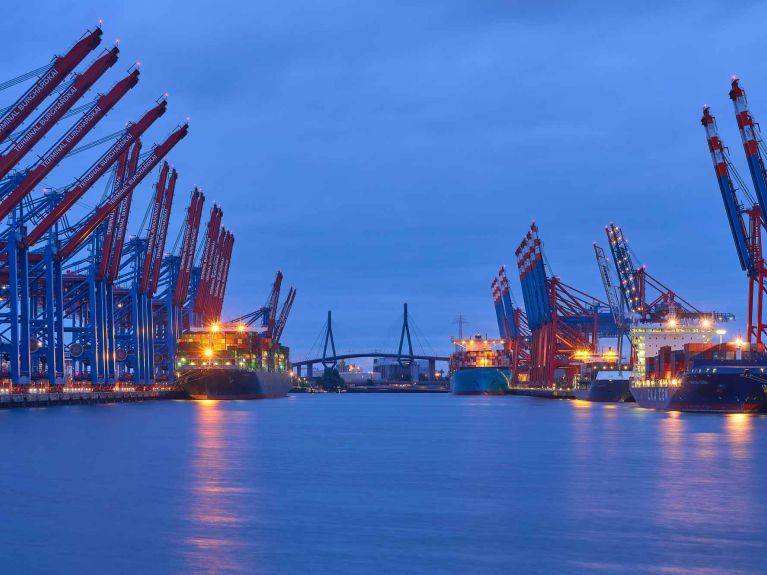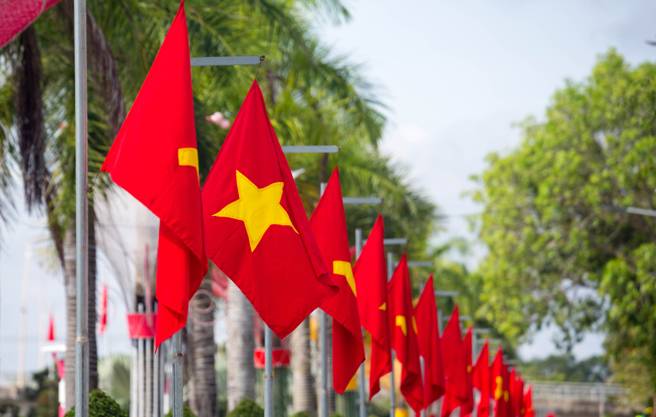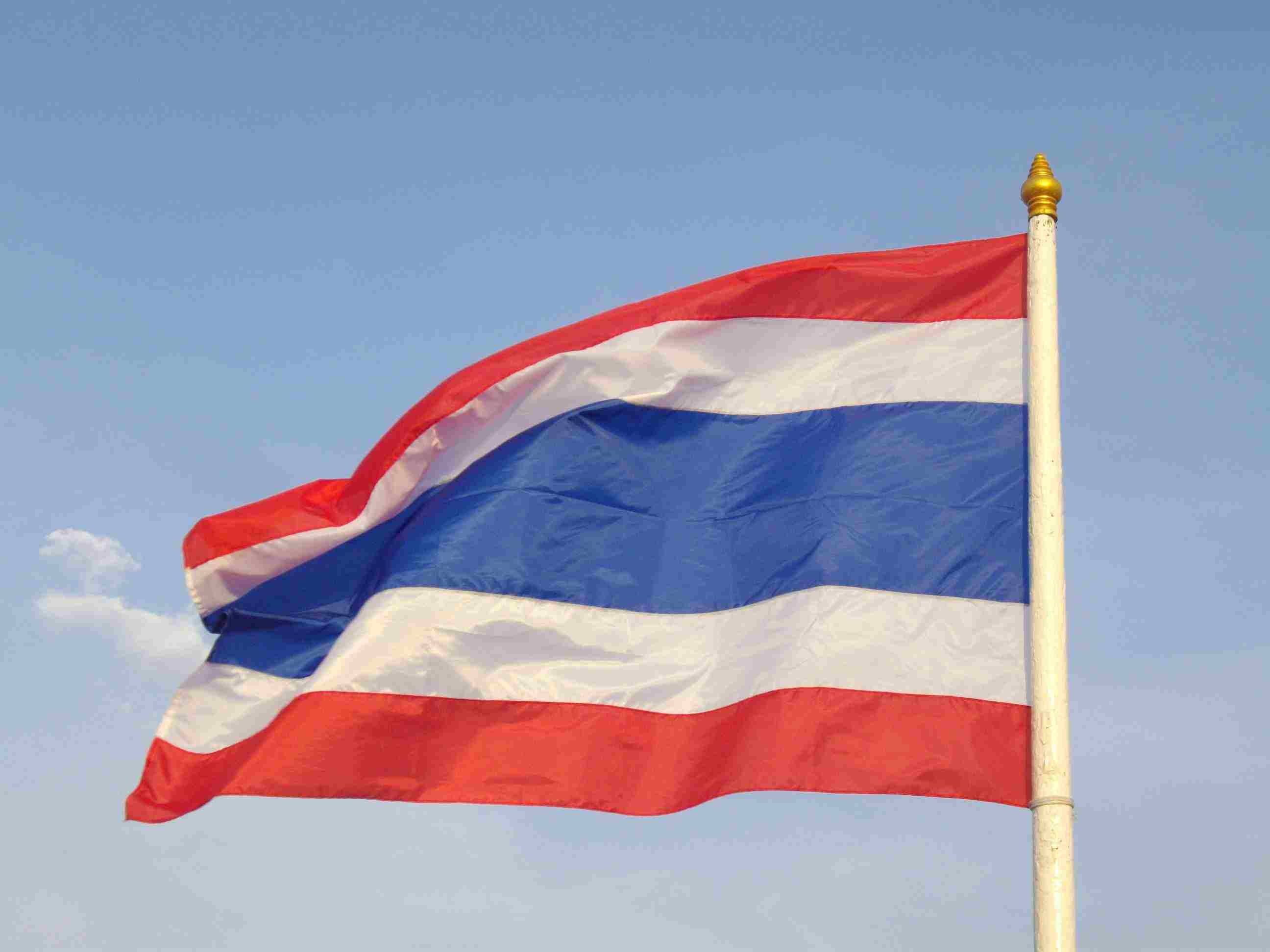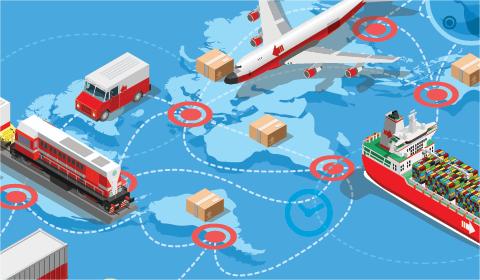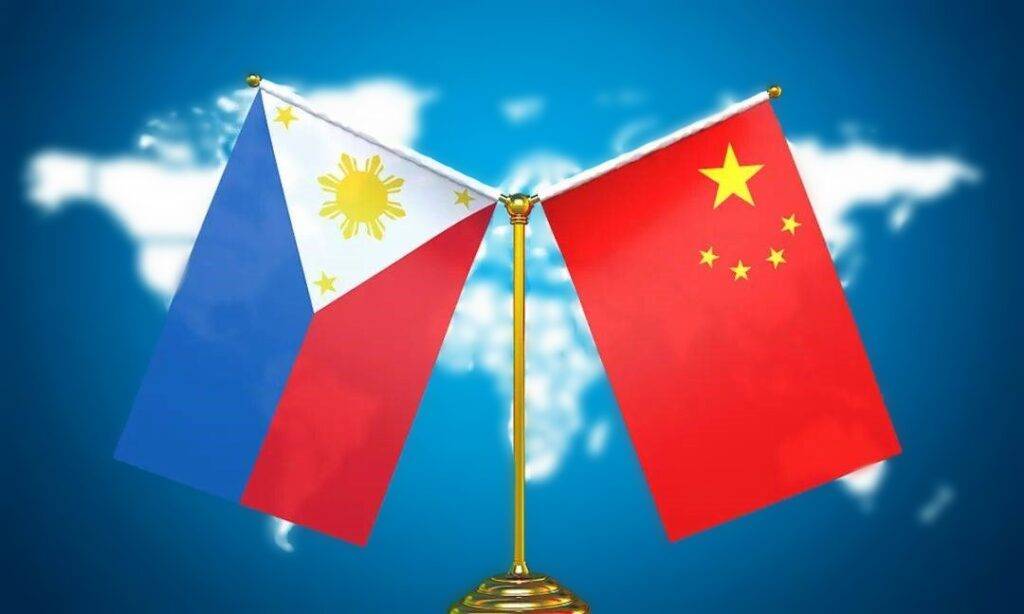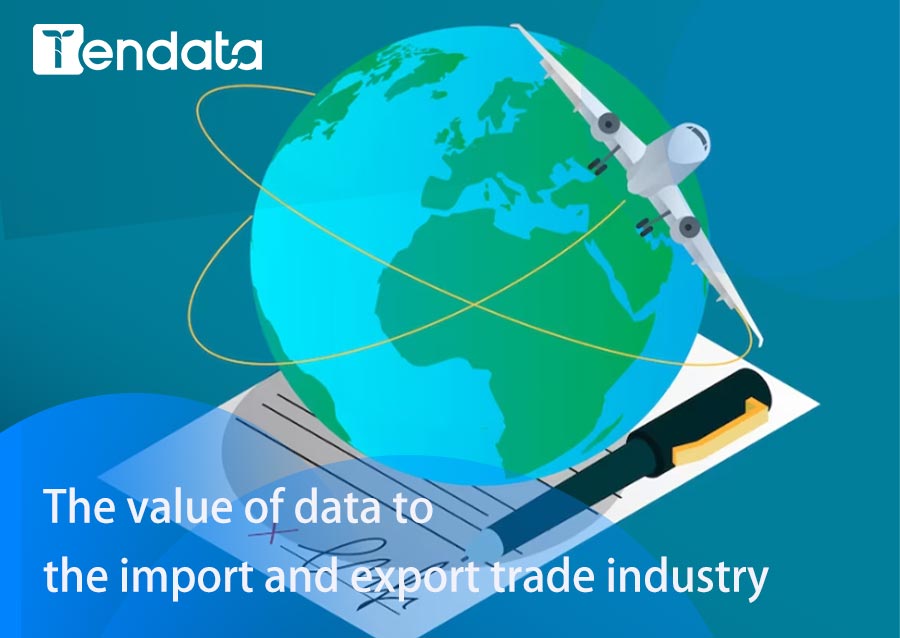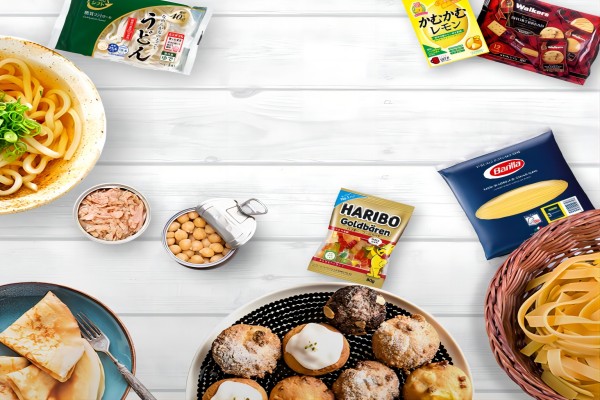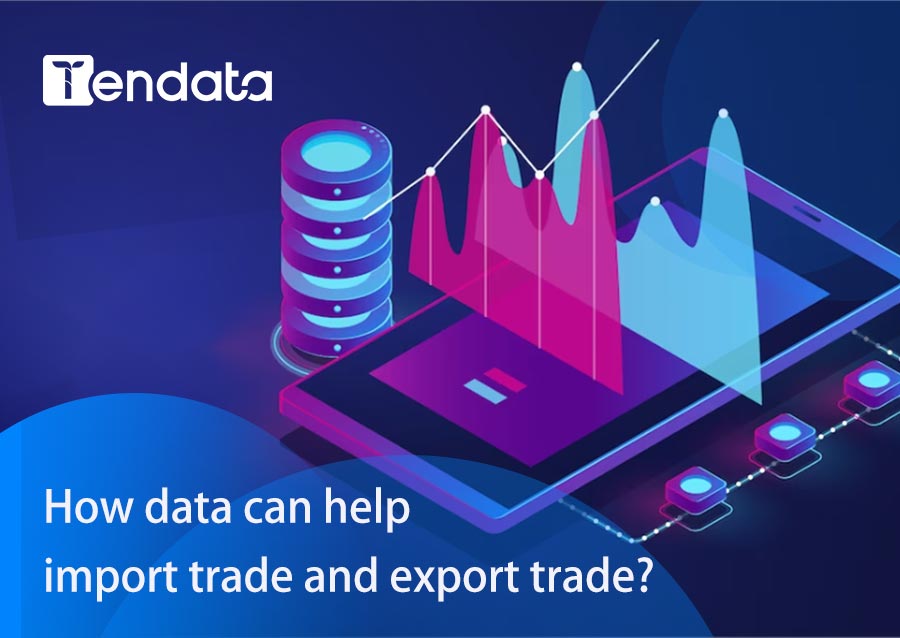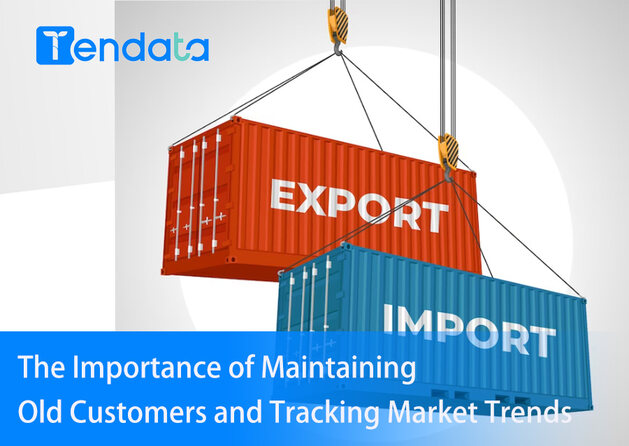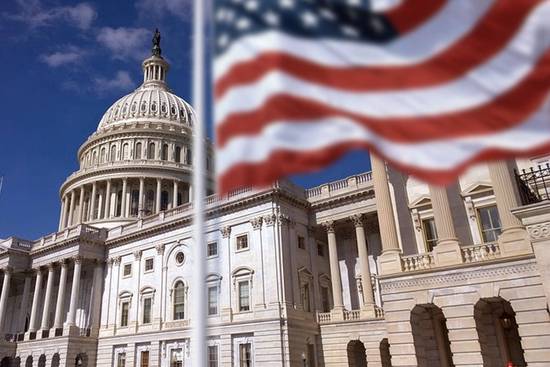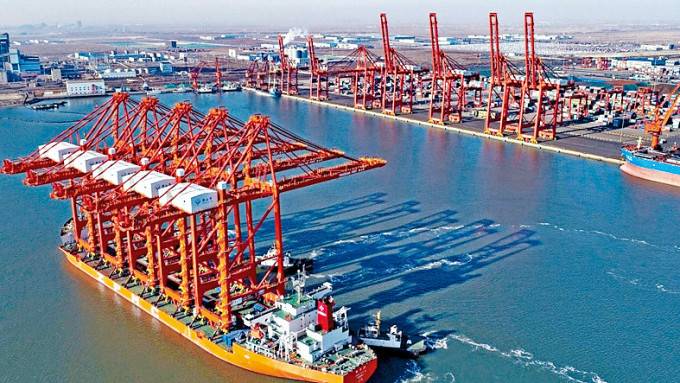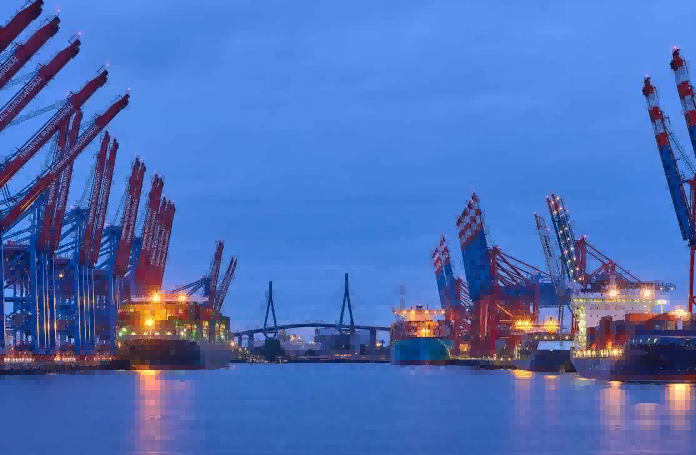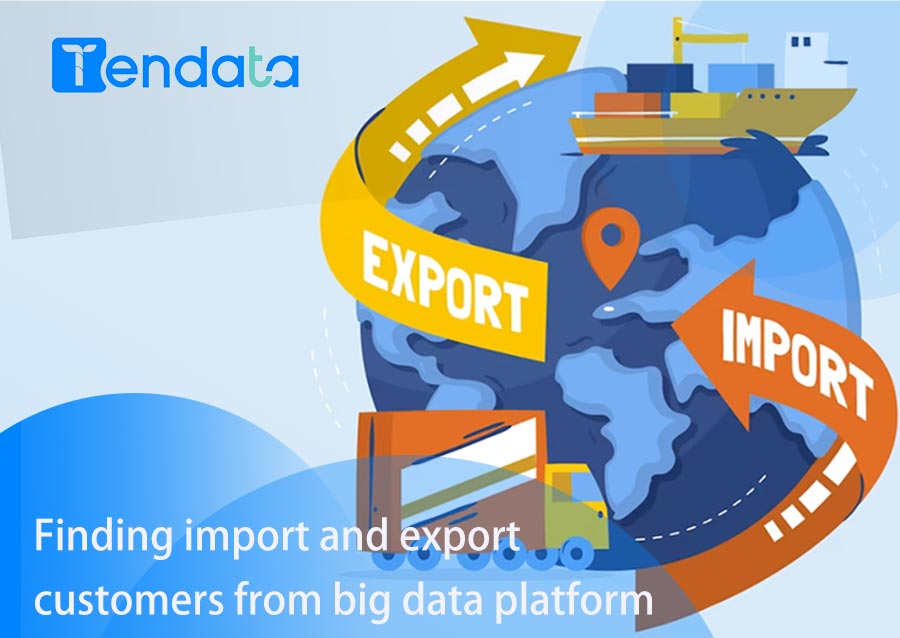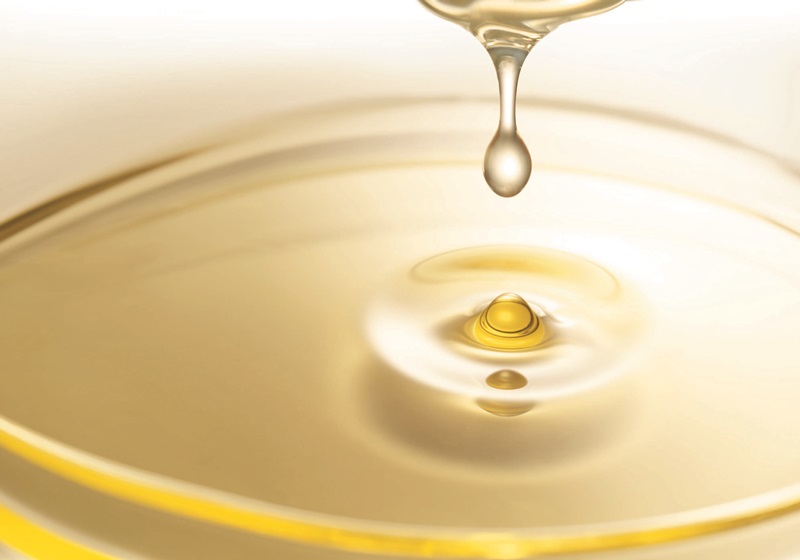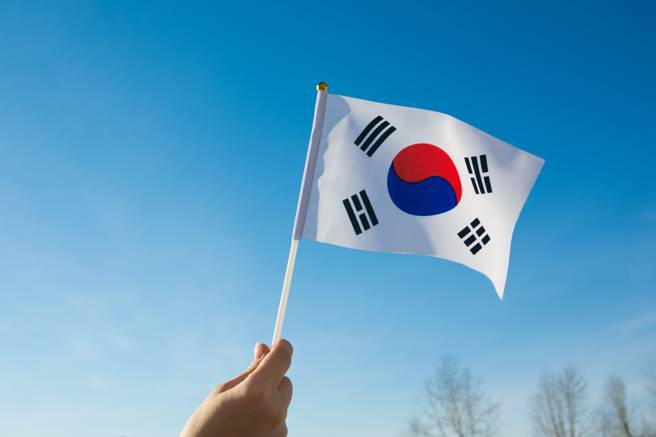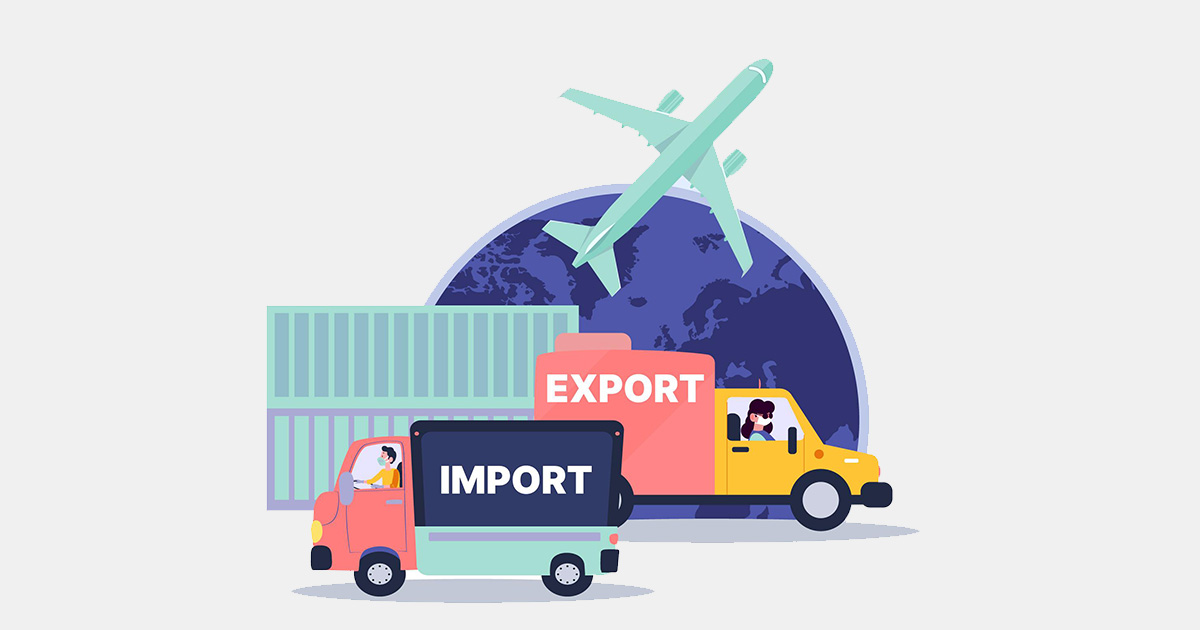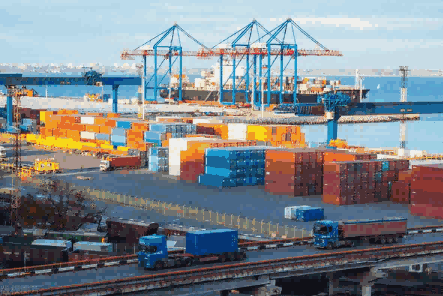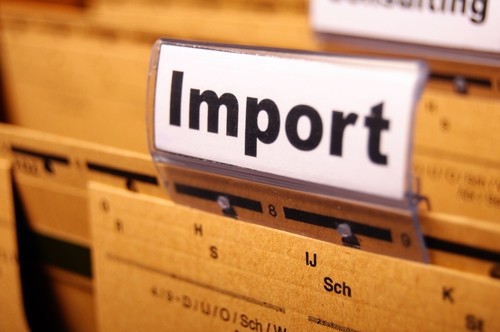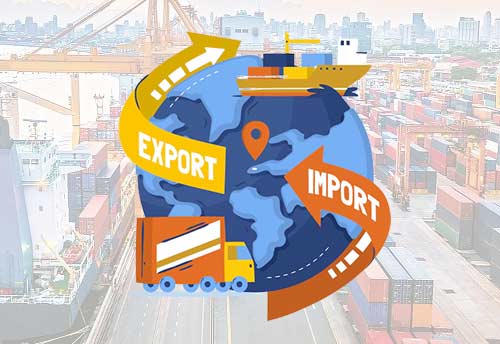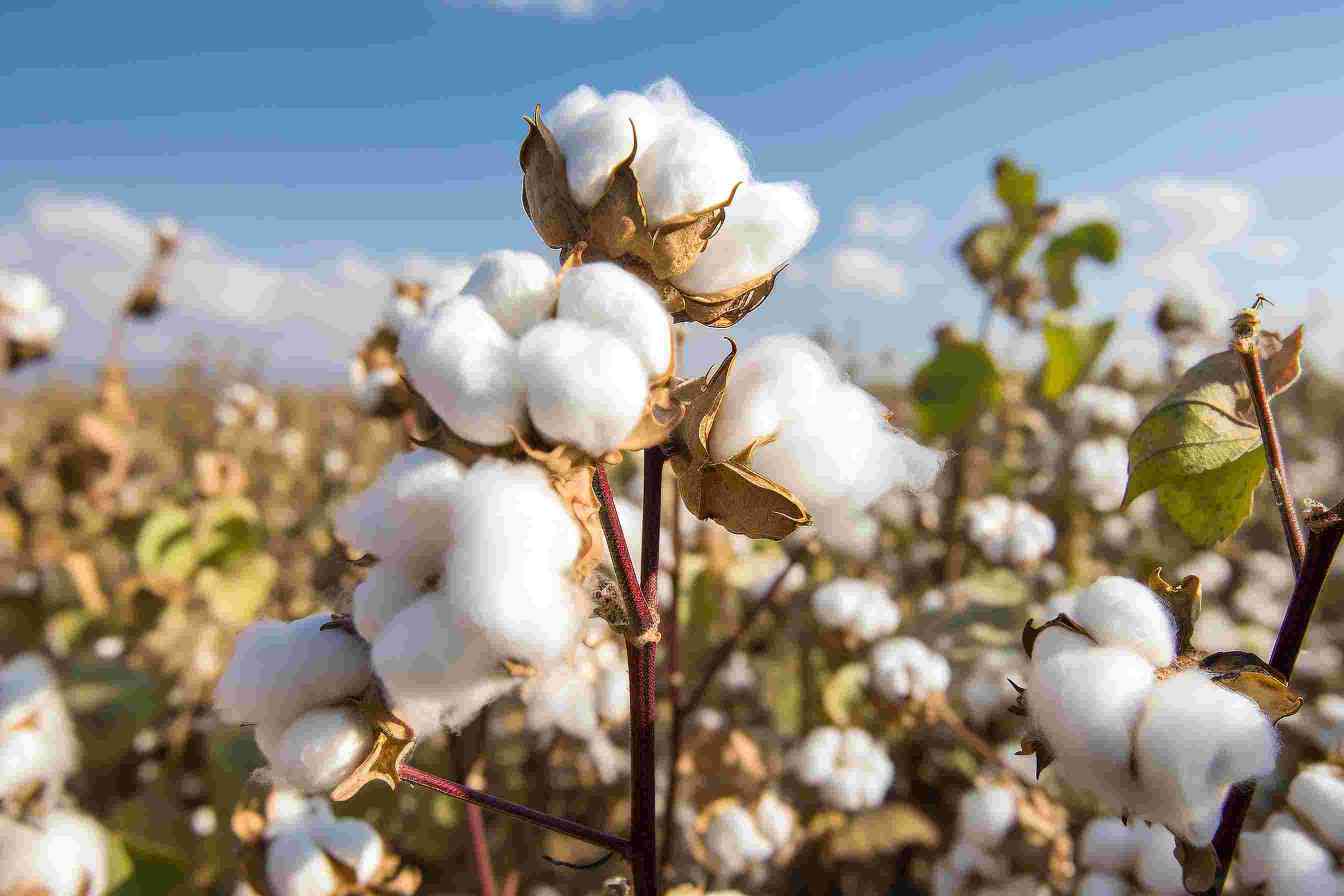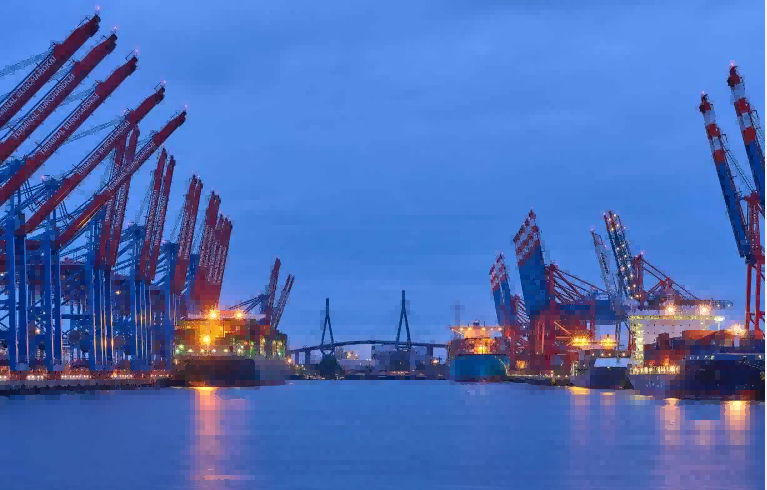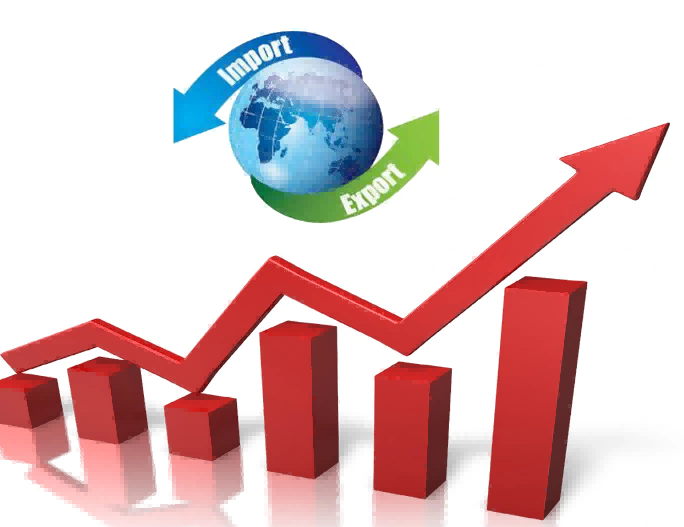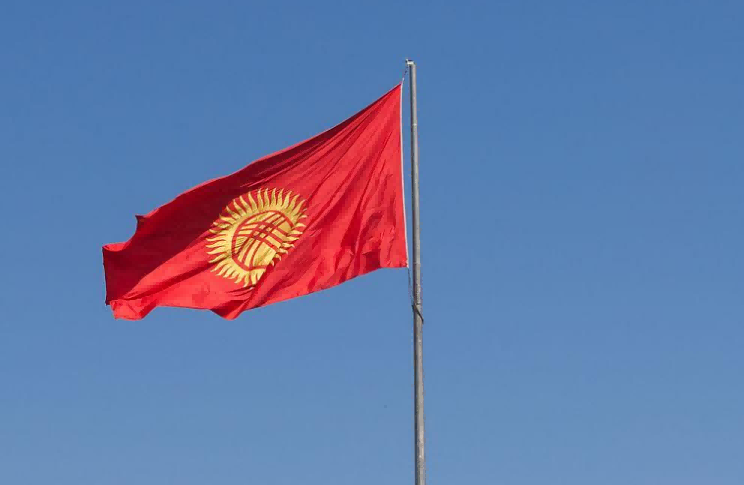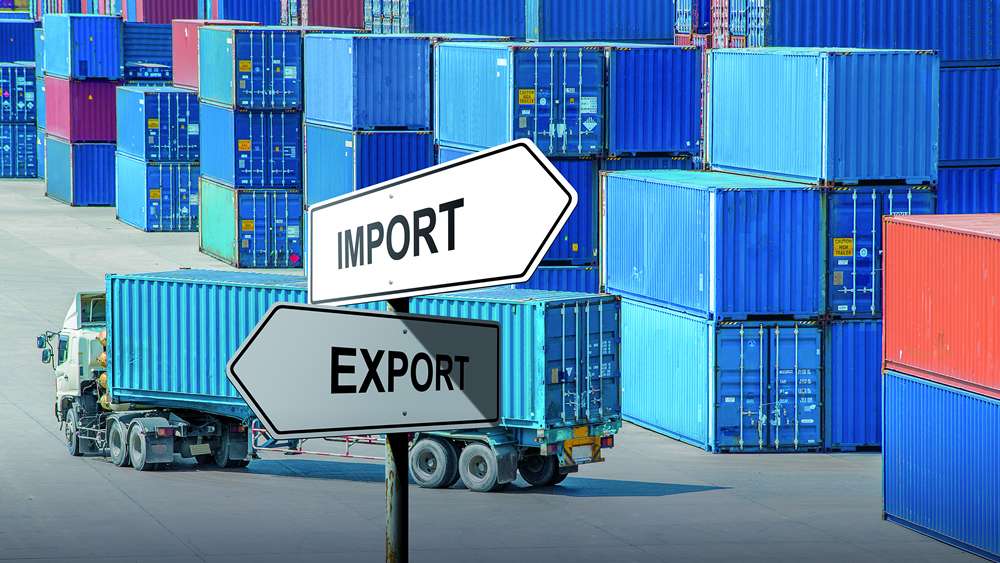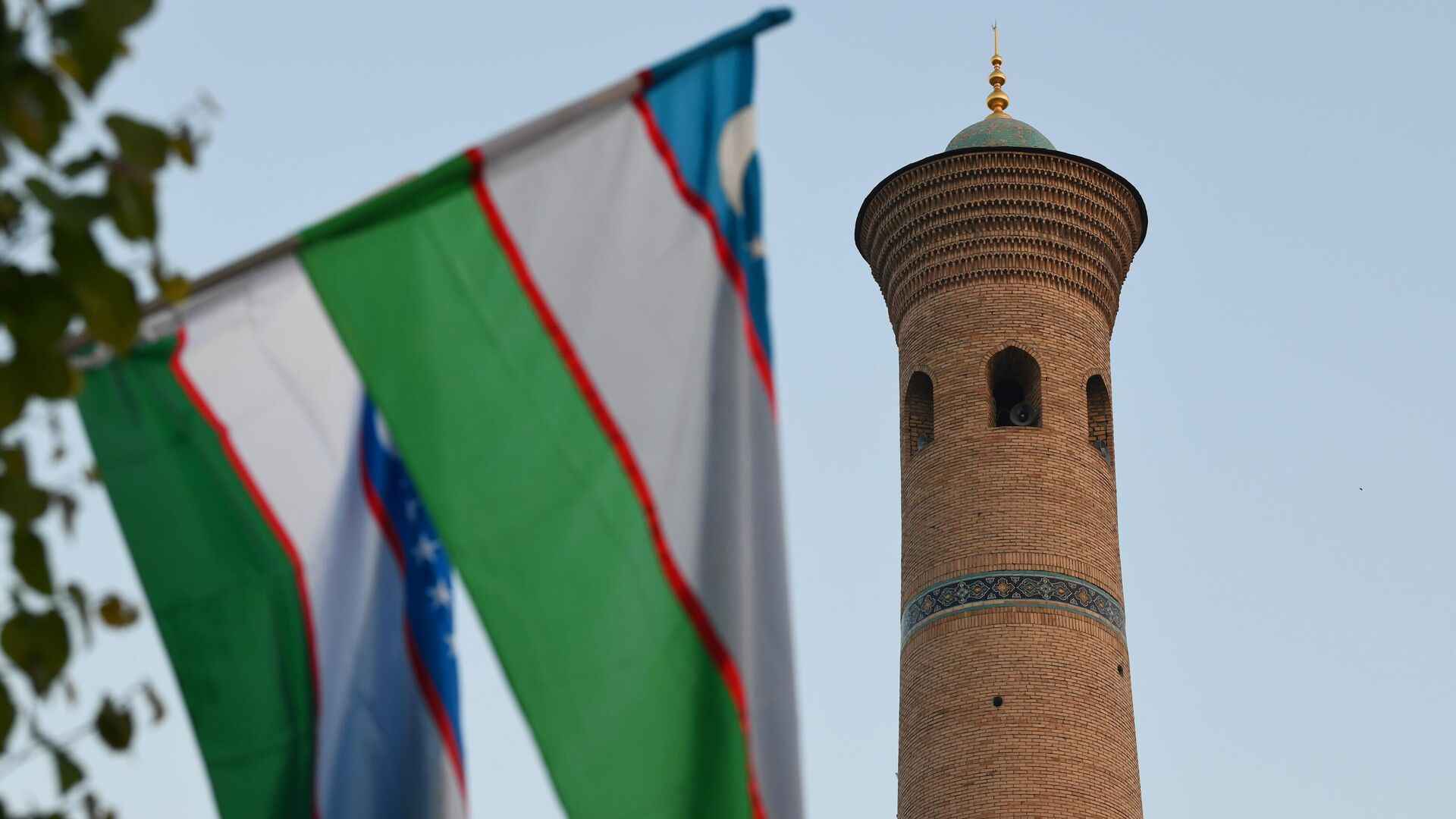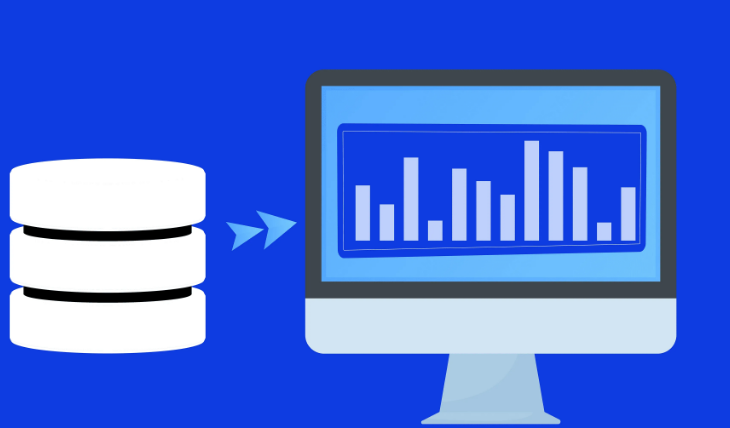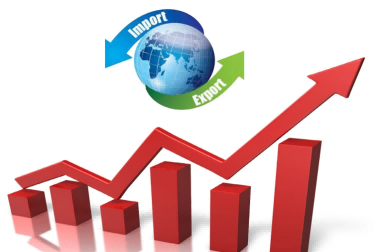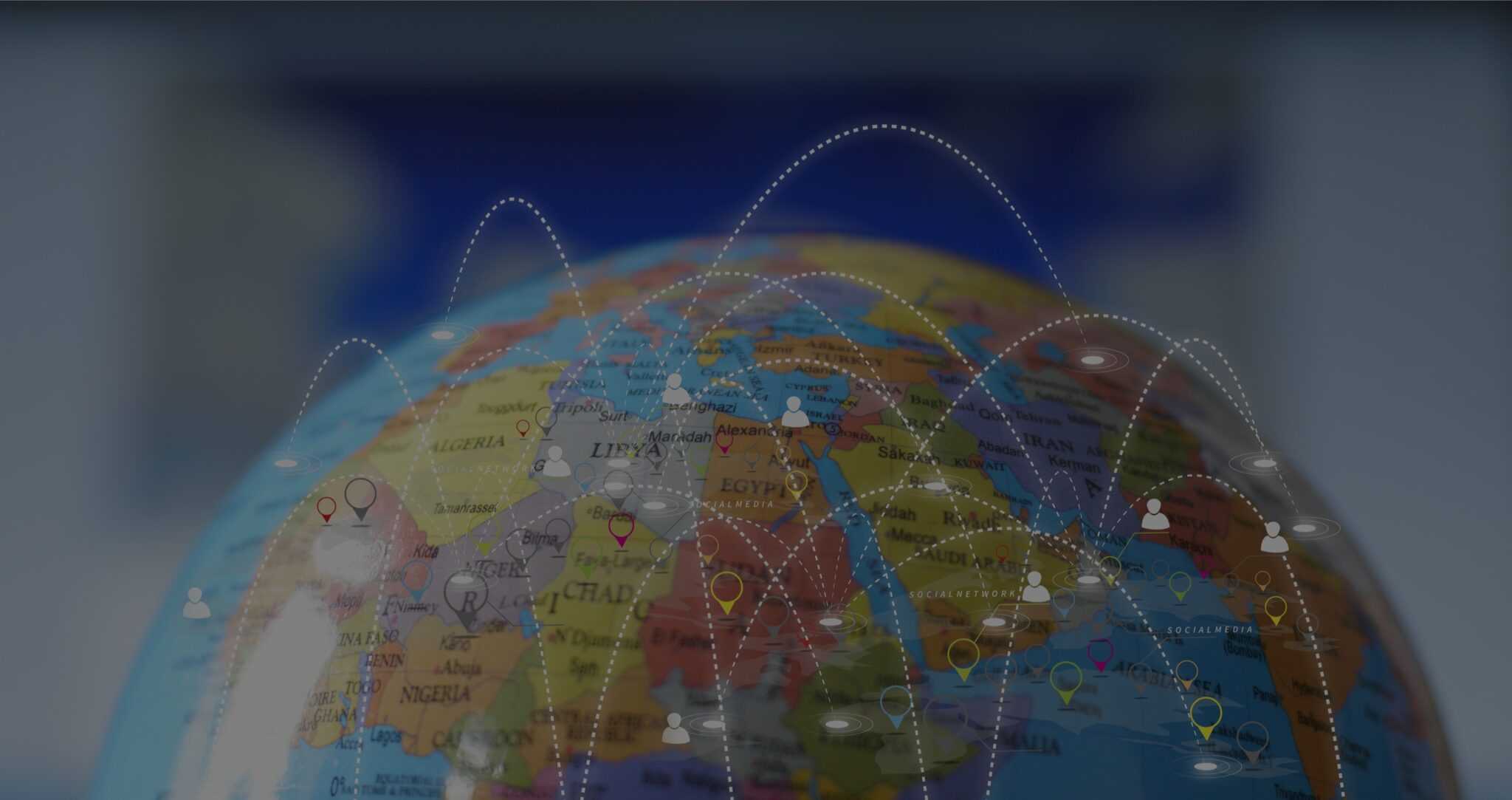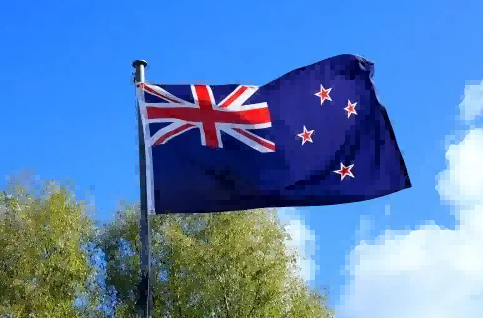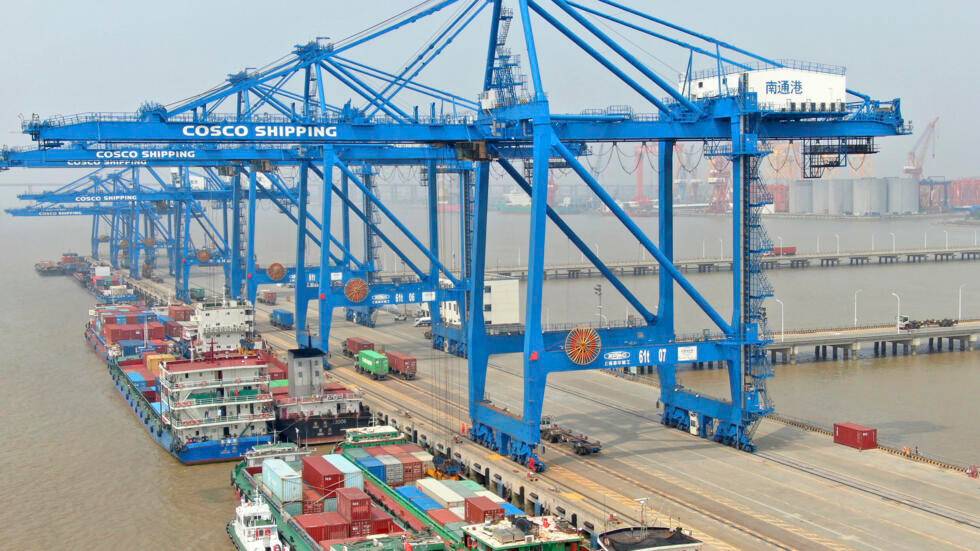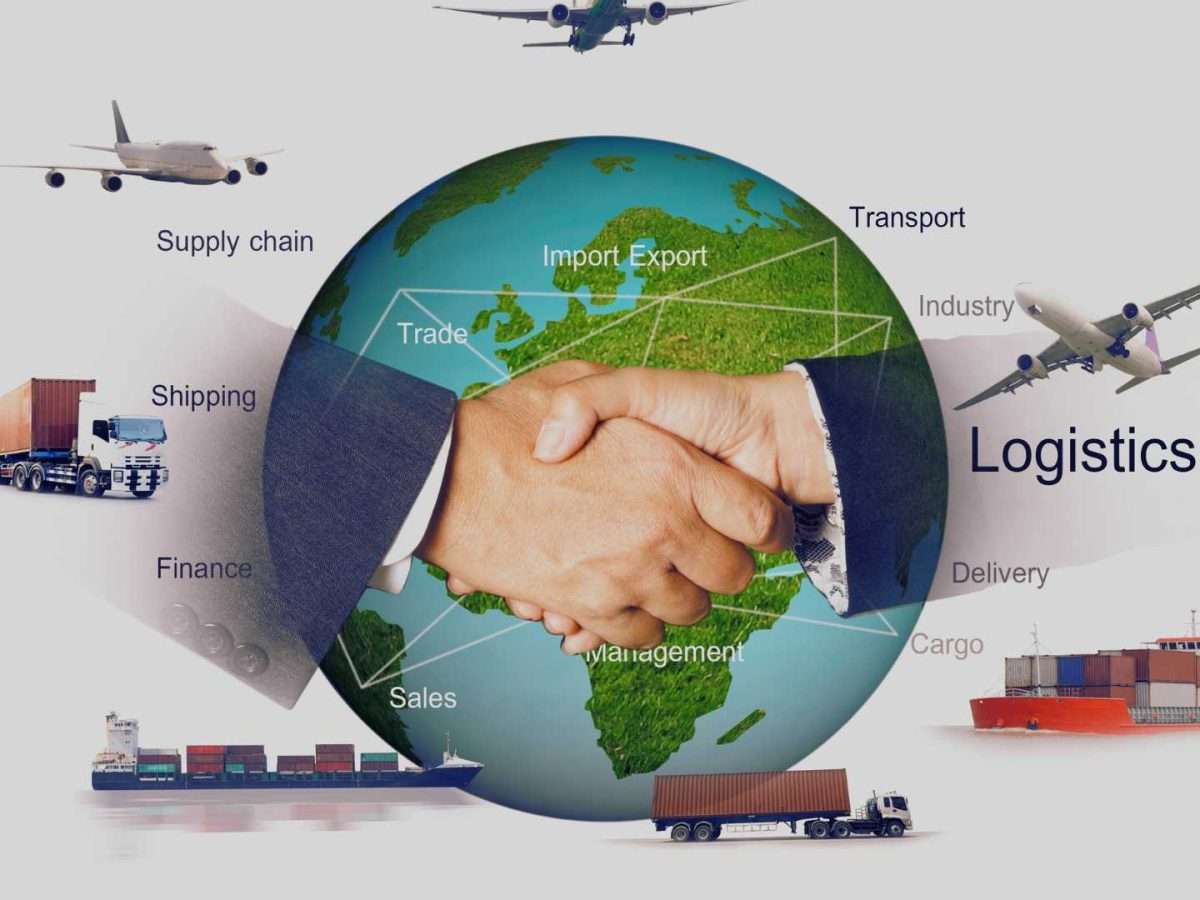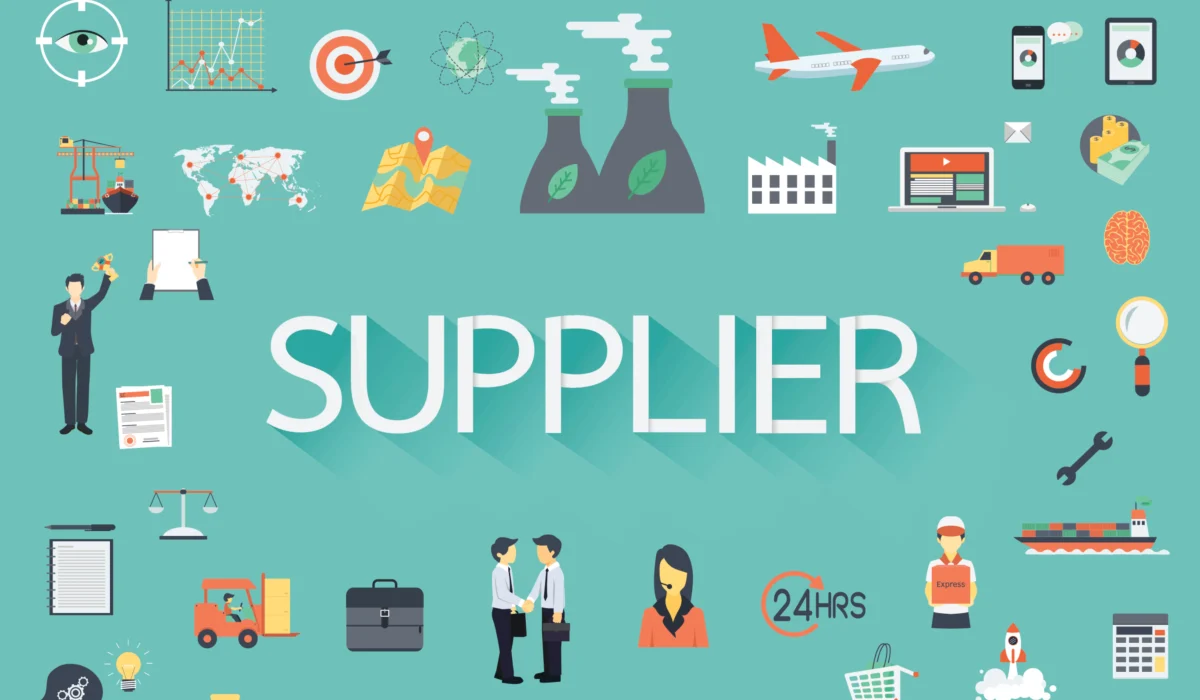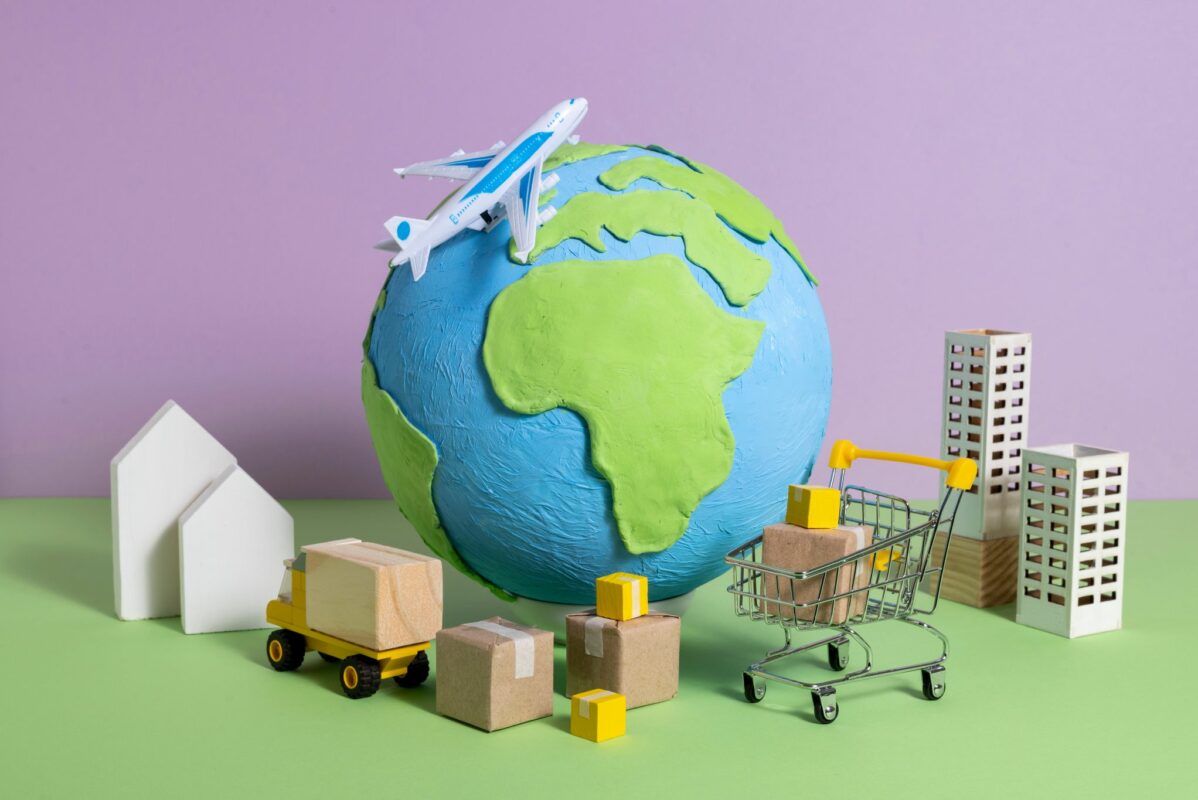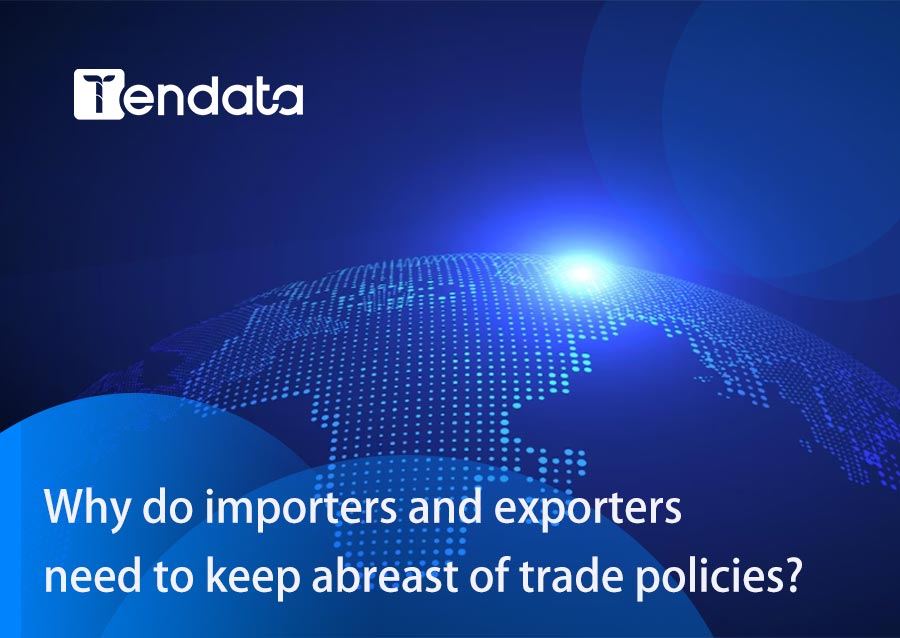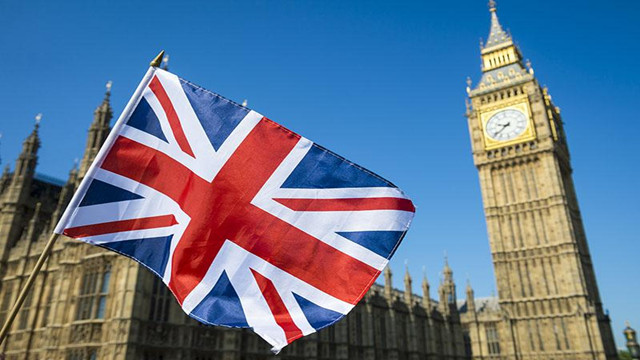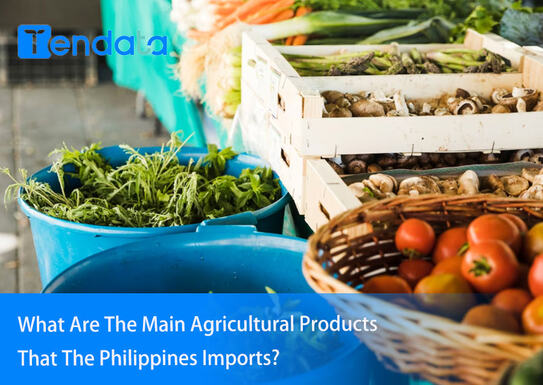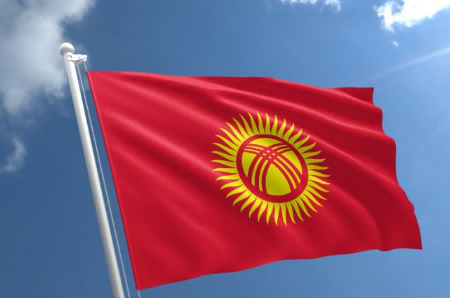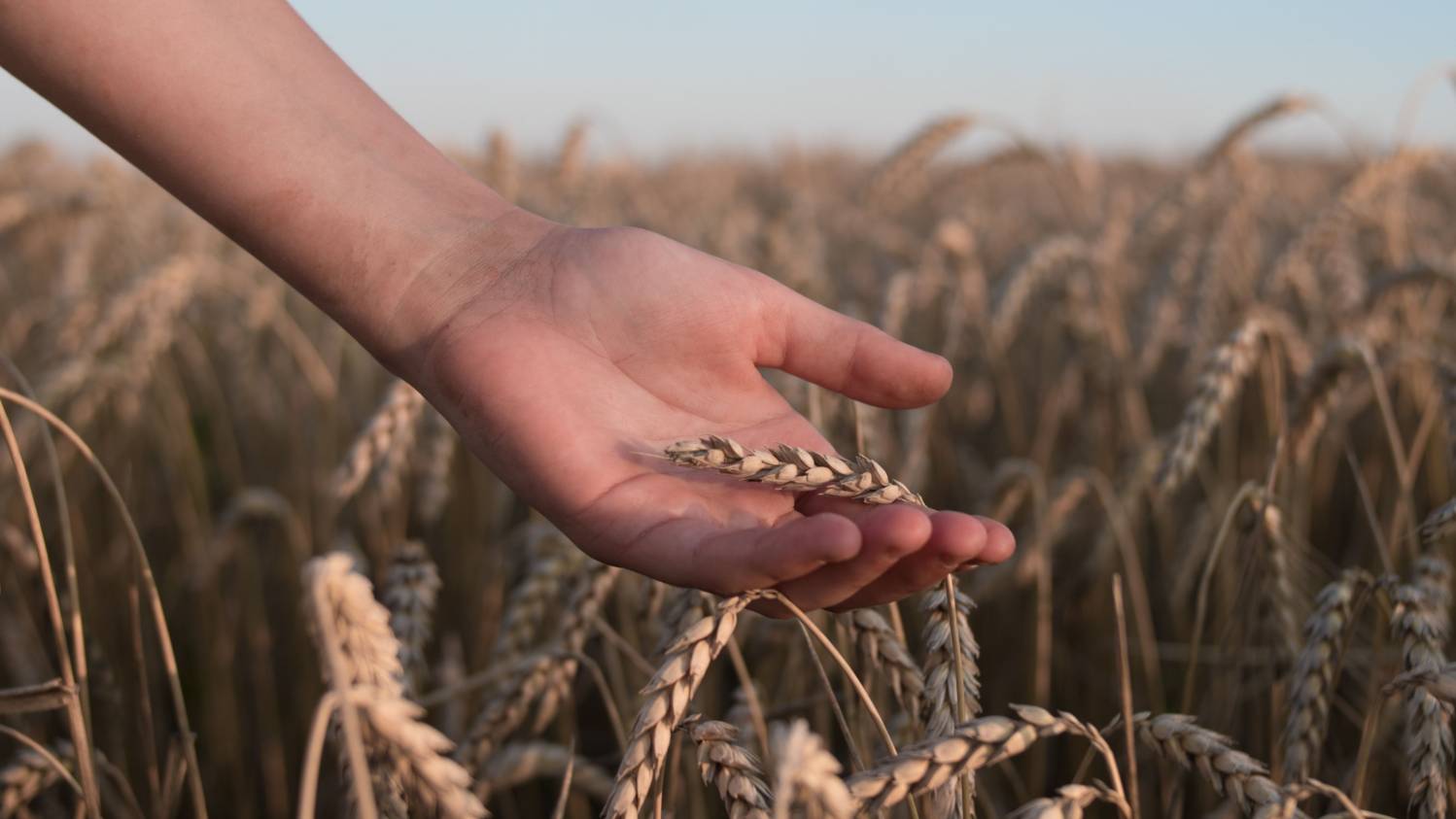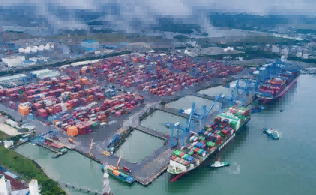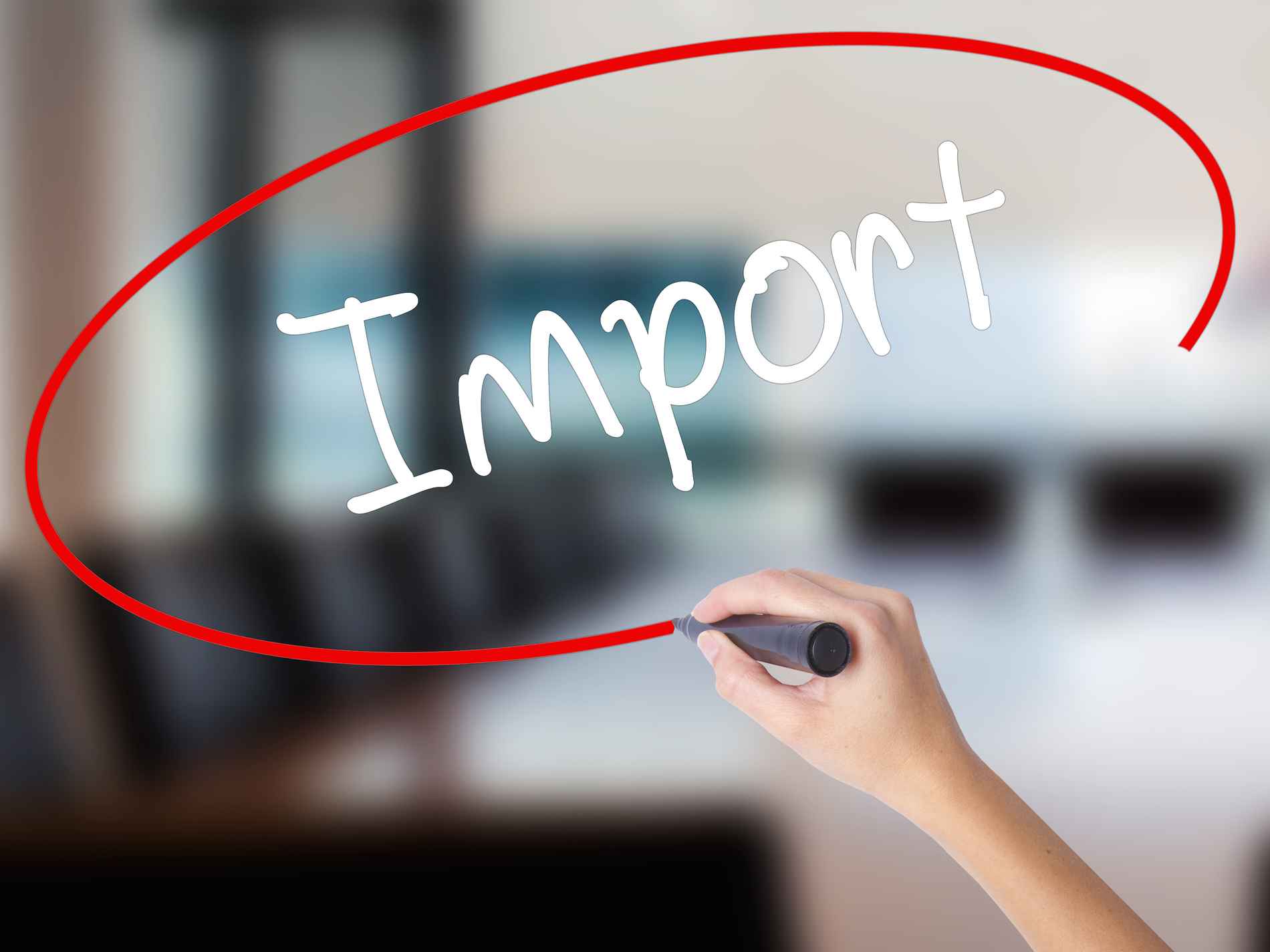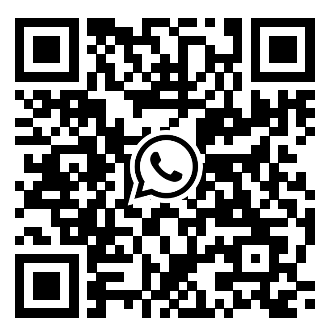 Export News
Export News
 20-03-2025
20-03-2025
In 2023, worldwide sugar exports reached an estimated $36.3 billion.
Over a five-year period starting in 2019, the total value of sugar shipments rose by 77.4%, up from $20.4 billion. Comparing year-over-year data, global sugar exports grew 13.7% from $31.9 billion in 2022.
The top five sugar-exporting nations—Brazil, India, Thailand, France, and Germany—accounted for a dominant 69.3% share of the total global sugar trade in 2023, indicating a highly concentrated export market.
Looking at sugar exports by continent, Latin American countries (excluding Mexico but including the Caribbean) led global sugar shipments, generating $17.9 billion (or 49.4% of worldwide exports). Asian countries contributed 23.5%, followed by European exporters at 18%.
Smaller contributions came from Africa (6.7%), North America (2.1%), and Oceania (0.4%), with the latter mainly represented by Fiji, New Zealand, and Australia.
From a tariff classification standpoint, sugar falls under the Harmonized Tariff System (HTS) code 1701, covering cane and beet sugar, as well as chemically pure solid-form sucrose.
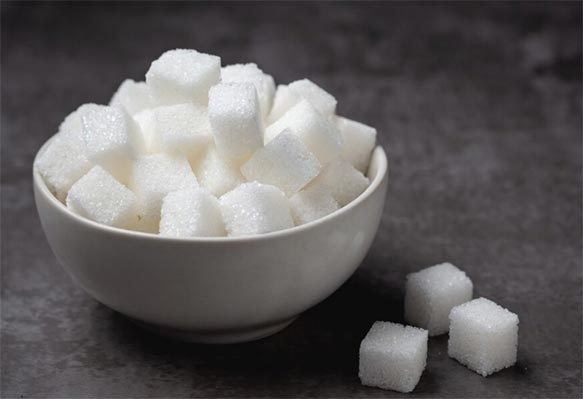
Top Sugar Exporting Countries in 2023
The 15 leading sugar-exporting countries in 2023, based on total export value, were:
1. Brazil – $15.8 billion (43.4% of total exports)
2. India – $3.7 billion (10.3%)
3. Thailand – $3.4 billion (9.4%)
4. France – $1.3 billion (3.7%)
5. Germany – $954.2 million (2.6%)
6. Netherlands – $624.6 million (1.7%)
7. Poland – $607.3 million (1.7%)
8. Guatemala – $596 million (1.6%)
9. Mexico – $497.2 million (1.4%)
10. South Africa – $478.1 million (1.3%)
11. Belgium – $460 million (1.3%)
12. Colombia – $450.5 million (1.2%)
13. Egypt – $436.4 million (1.2%)
14. Morocco – $404 million (1.1%)
15. Eswatini – $395.3 million (1.1%)
Together, these nations were responsible for 83% of global sugar exports in 2023.
Fastest-Growing & Declining Sugar Exporters
Among the major exporters, the following countries saw significant growth in sugar exports from 2022 to 2023:
✅ Poland – +89.1%
✅ Egypt – +66.9%
✅ South Africa – +62.9%
✅ Netherlands – +60.3%
Conversely, several countries experienced a decline in sugar exports over the same period:
❌ Mexico – -39.8%
❌ India – -35.2%
❌ Guatemala – -25.5%
❌ Morocco – -6.9%
Major Global Sugar Exporting Companies
According to Tendata's trade intelligence platform, the largest sugar-exporting companies worldwide include:
1. SHREE RENUKA SUGARS LTD – 2.69% ($149.85 million)
2. ТЗОВ РАДЕХІВСЬКИЙ ЦУКОР – 2.47% ($137.43 million)
3. PARRY SUGARS REFINERY INDIA PRIVATE LIMITED – 2.39% ($132.97 million)
4. CÔNG TY CỔ PHẦN THÀNH THÀNH CÔNG BIÊN HÒA – 1.67% ($92.79 million)
5. INGENIO TRES VALLES – 1.25% ($69.77 million)
6. CARGILL COCOA SARL – 1.22% ($68.01 million)
7. RIOPAILA CASTILLA S A – 1.22% ($67.68 million)
8. RIKA GLOBAL IMPEX LIMITED – 1.21% ($67.31 million)
9. LIGA AGRICOLA INDUSTRIAL DE LA CAÑA DE A – 1.17% ($64.83 million)
10. KERVAN GIDA SANAYİ VE TİCARET ANONİM ŞİRKETİ – 1.01% ($56.03 million)
These companies play a key role in global sugar trade, contributing millions of dollars to international sugar exports annually.
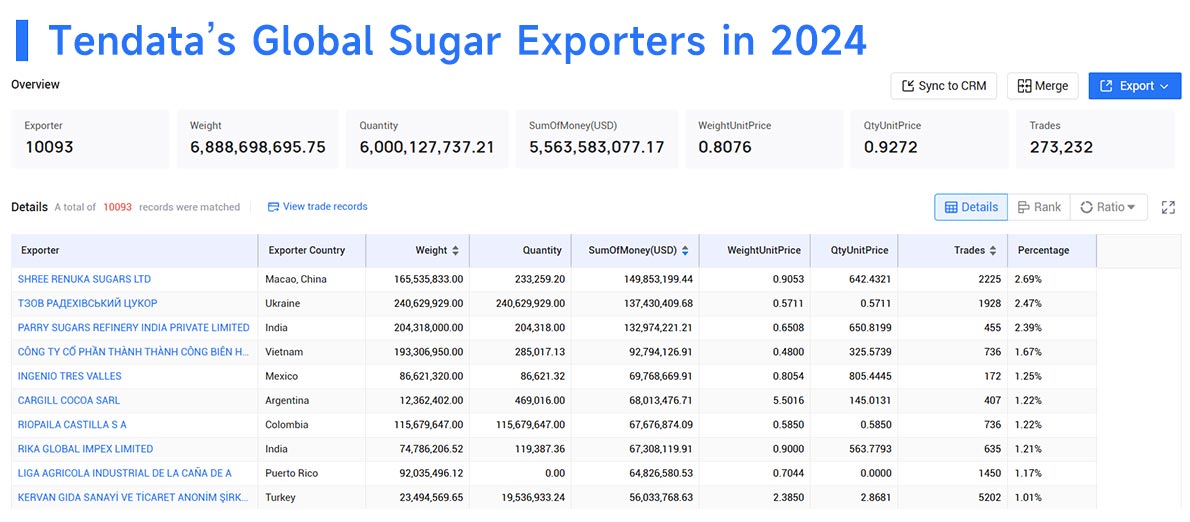
Conclusion
Sugar exports continue to thrive, with Brazil maintaining its dominant position as the world's top supplier. Emerging players like Poland, Egypt, and South Africa have demonstrated strong growth, while some traditional exporters like Mexico and India have seen declines.
The global sugar trade is expected to remain highly concentrated, with a few key nations driving the majority of exports. As demand fluctuates, monitoring trade data and trends will be essential for businesses navigating the sugar market.
How to Find B2B Buyers?
1. Find Big Buyers: Use Tendata to identify big buyers who frequently import a product. These buyers are usually large retailers, wholesalers or brand owners. You can learn about their purchasing habits, purchasing cycles and supplier distribution through their purchasing records.
2. Explore Potential Customers: In addition to existing big buyers, you can also use Tendata to discover some emerging small and medium-sized buyers. These buyers may not have been fully explored by their peers and are your potential customer resources.
3. Get Contact Information: Use Tendata to view detailed information about key decision makers such as purchasers and executives, including their email addresses, LinkedIn and Facebook social accounts, which will help you directly connect with the person responsible for purchasing the product and improve communication efficiency.

Category
Leave Message for Demo Request or Questions


 T-info
T-info T-discovery
T-discovery

 My
Tendata
My
Tendata Market Analysis
Market Analysis Customer
Development
Customer
Development Competitor
Monitoring
Competitor
Monitoring Customer Relationship
Customer Relationship



